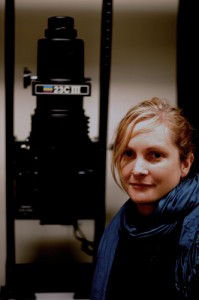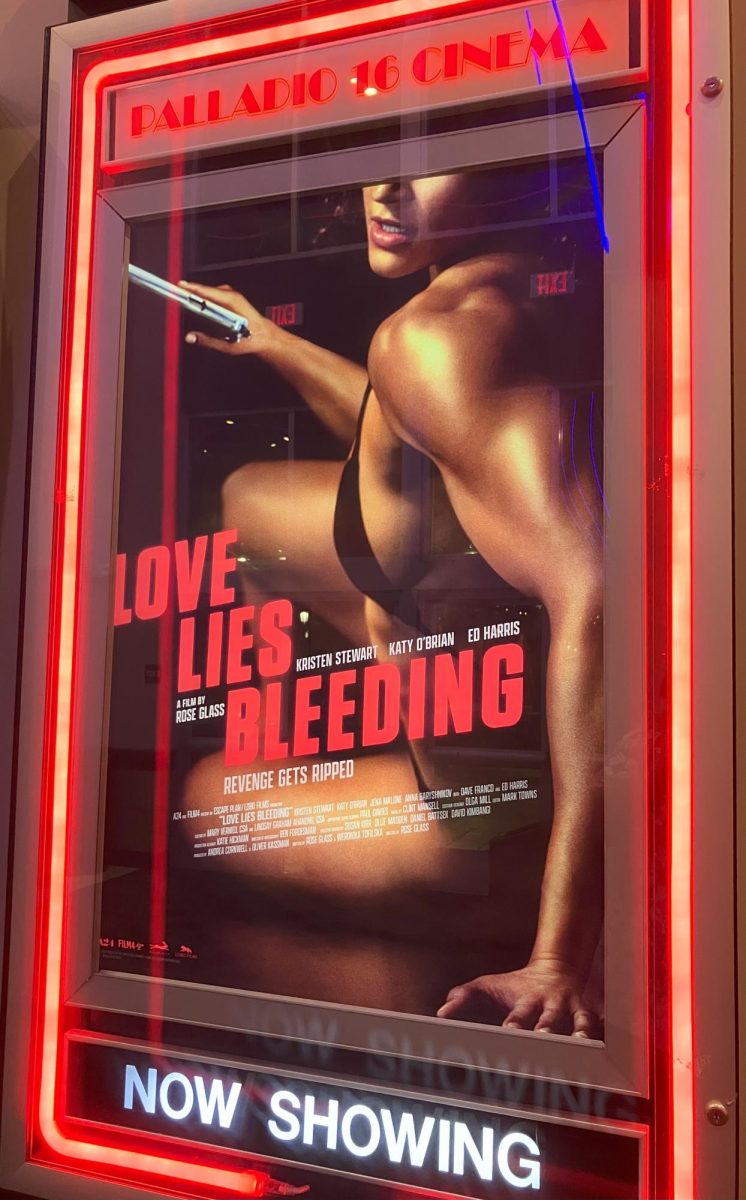
Septembre Russell
A year has passed since approval for the inclusion of the electronic arts major in the Linfield Curriculum was established by the Curriculum Committee.
Skills such as visual design, code writing, editing content and programming were taught independently instead of collectively in one department, Liz Obert, associate professor of art and visual culture and coordinator of the electronic arts major, said.
The fields of computer science, and art in particular, are no longer separate entities; those particular media are merging with mass communication as technology develops, Obert said.
“We decided to combine all those [departments] so that students could take relative classes in each one,” she said.
Difficulties coordinating faculty, and faculty changeovers in departments as well, affected instating the electronics art major, Obert said.
“It took a while to coordinate, to get the curriculum together and then to go through the process of approval with the college,” she said.
Obert said she did not know the exact number of students declaring electronic arts as a major and that there is one electronic arts major graduating this year, and at the very least, two will graduate the following year.
Among the electronic arts majors Obert acknowledged is senior Nick Jauregui who will graduate in December 2009.
“Since I was young, I’d always wanted to do computer graphics,” he said. “In high school I really didn’t get into computer programming, digital art or media or anything like that. When I came here I started doing the electronic arts stuff. I was really interested in it so I kept doing it.”
The electronic arts major draws in students who have an interest in computer science, Obert said, and those students are usually interested in elements within the range of graphic design. A large visual component is connected to a lot of what is going on in computer science these days, she said.
Jauregui said his major was computer science before the electronic arts major was officially accepted.
“This major helps [electronic arts students] get the technical background they need,” Obert said.
Students majoring in electronic arts gain visual literacy from art classes and the ability to present information to an audience through mass communication courses.
“In essence they are getting a whole package, whereas a lot of schools will have an aspect of the art department that might teach animation but doesn’t go into it [with the same] depth the computer science department can,” Obert said.
One of the problems associated with the addition of the electronic arts major is one of acknowledgment, Obert said.
“Because it is so new, a lot of people don’t know that it exists,” she said.
Still, Obert said she thinks interest in the concept of electronic arts is gaining momentum all the time.






